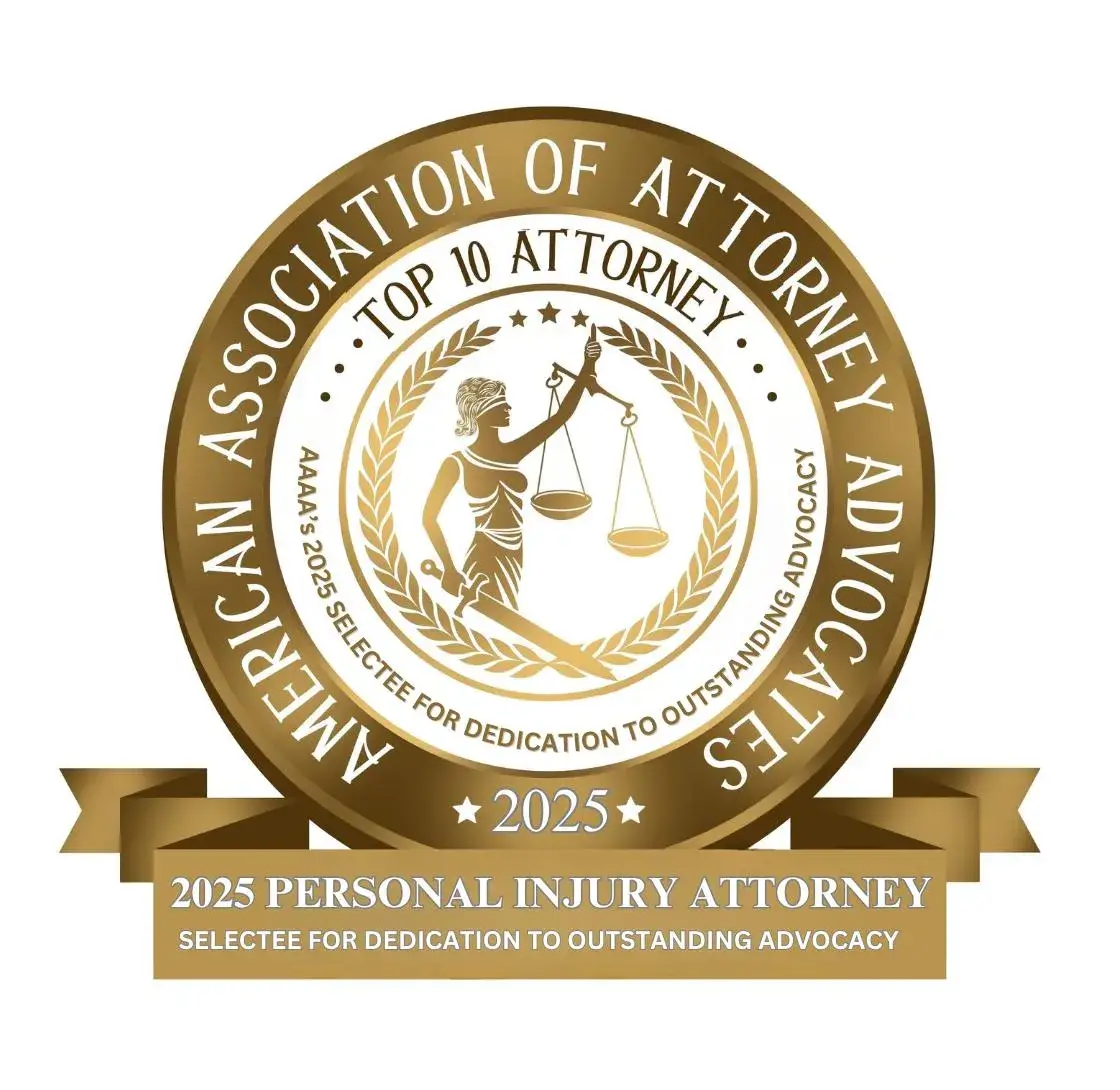Machine Injuries: Forklift
There are nearly 900,000 forklifts in the U.S., according to the Industrial Truck Association, and more than 10 percent of them will be involved in some type of accident this year. Approximately 85 people are killed in forklift accidents every year and another 35,000 people are seriously injured.
Forklifts are used on a daily basis in many industries, including mining, construction, manufacturing, transportation, and retail. Forklifts can be extremely useful, making jobs in difficult places much easier to manage. However, with so many different workers using a forklift, it’s important to make sure every employee is properly trained. The most common type of forklift injury comes from the machinery tipping over, and new employees should be well-trained on how to avoid tipping and what to do if it starts to top over.
Forklift accidents can have a variety of causes, including:
- Work organization practices, including lack of training or improper training for workers who use the forklift, production factors (e.g. speed or stress), lack of proper tools, poor forklift maintenance, and the age of the forklift.
- Behavioral factors, including traveling at excessive speed, riding with the load elevated, improper backing up techniques, improper turning or braking, improper warnings to others about a forklift in the area, poor communication during shared tasks, parking the forklift improperly, horseplay, stunt driving, erratic driving, and riding on or giving rides on the forklift/load.
- Workplace design, such as narrow aisles, crowded or cluttered aisles, obstructions at intersections and doors, people walking and working in the area, noise, odors, toxic gases, dust, poor lighting, and the condition of floors and loading docks.
- Load characteristics, such as a poorly stacked load, a pallet in poor repair, a load that is too heavy for the machine, an unstable load, or a load that blocks the driver’s vision.
- Design/mechanical problems, including brake malfunction, steering malfunction, clutch or transmission defects, leaks in hydraulic systems or transmission, poor layout of controls or displays, and inadequate safety devices.
Depending on the cause of the accident, you could have different legal options. Assuming the forklift accident happened at work, you could file a workers’ compensation claim; through workers’ compensation, you could qualify for payments for medical treatment, wage replacement, and disability. Workers’ compensation can also provide death benefits to the dependents of someone killed on the job.
If the accident was caused by a defective mechanical component, you could have grounds for a products liability claim. Under products liability law, you can bring a lawsuit against the manufacturer, distributor, supplier, or retailer of a defective product if the product causes a serious injury. In order to prove a products liability case, you must prove that the product was defectively designed, defectively manufactured, or did not provide adequate instructions for safe use.
A forklift accident is a serious and potentially deadly event. Make sure you contact a New Jersey personal injury lawyer as soon as possible after the incident to evaluate your options and take the best path to compensation.



















